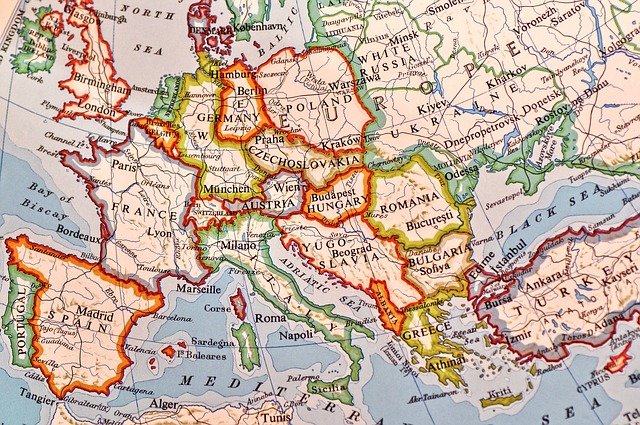November 10, 2023
Permanent migration to OECD countries reached 6.1 million in 2022, a 26% increase compared with 2021, and its highest level since at least 2005. 15 out of the 38 OECD countries registered in 2022 their highest levels of permanent migration over the past 15 years. Rising labour migration was one contributing factor, as migrant workers have helped lower labour and skills shortages in OECD countries.
Asylum applications in the OECD were also at a record high. Over two million new applications were lodged in OECD countries in 2022, well above the previous record of 1.7 million in 2015 and almost twice the 2021 level. The rise was largely due to increased applications in the United States and Europe.
Russia’s war of aggression against Ukraine has resulted in millions of Ukrainian refugees in OECD countries. Germany and Poland are hosting the highest numbers in absolute terms, while Estonia, the Czech Republic and Lithuania are hosting the highest numbers of refugees from Ukraine as a share of their population.
“Permanent migration and asylum applications to OECD countries last year were at their highest levels on record, driven by increases in humanitarian and managed labour migration, along with accompanying family members. Driven primarily by the tightness of labour markets and significant labour and skills shortages in many OECD economies, labour market outcomes of migrants are also the best on record, with increases in both new labour migration and the employment rate of residents,” OECD Secretary-General Mathias Cormann said. “Employment rates increased for migrant men and for migrant women, but migrant mothers continue to face specific challenges. Specific measures would help boost their labour market participation, for example by facilitating early access to childcare services.”
Labour market prospects and integration of migrants have improved, in the context of tight OECD labour markets. The employment rate of migrants rose to 72.3% across OECD countries in 2022, catching up almost with that of the native-born population. Employment rates increased both for migrant men and for migrant women.
The increases in new labour migration and the employment rate of resident migrants are linked to widespread labour and skills shortages across OECD countries. This has pushed labour migration high on the policy agenda. Several countries, including Australia, Germany and Spain, are planning significant changes in their labour migration frameworks.
This year’s Outlook includes a special focus on the challenges facing immigrant women. In most OECD countries, the gender gap in migrant employment is twice as large as the gender gap among the native-born. Immigrant mothers face a disproportionate disadvantage, compared with both immigrant women without children and their native-born peers. On average across the OECD, the gap in employment rates between immigrant and native-born mothers is 20 percentage points.
The benefits of addressing gender issues in migrant integration are large. Reducing the immigrant gender gap in employment to that of the native-born in OECD countries would bring an additional 5.8 million immigrant women into employment.
Source: OECD
Legal Notice: The information in this article is intended for information purposes only. It is not intended for professional information purposes specific to a person or an institution. Every institution has different requirements because of its own circumstances even though they bear a resemblance to each other. Consequently, it is your interest to consult on an expert before taking a decision based on information stated in this article and putting into practice. Neither Karen Audit nor related person or institutions are not responsible for any damages or losses that might occur in consequence of the use of the information in this article by private or formal, real or legal person and institutions.






